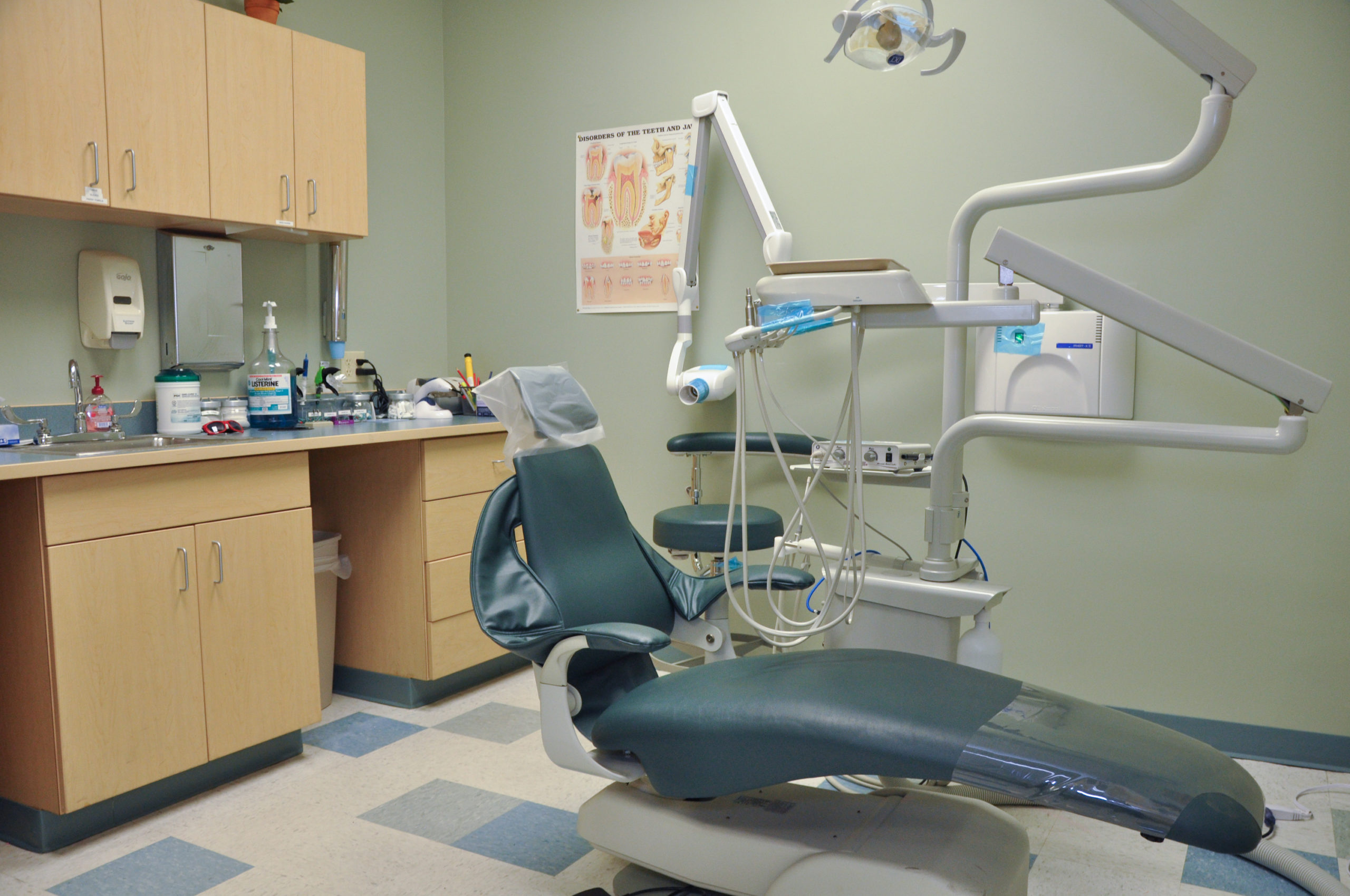Why You Need To Choose a Regional Dentist Eugene for Personalized Treatment
Why You Need To Choose a Regional Dentist Eugene for Personalized Treatment
Blog Article
Discover the Variety Of Dental Issues Dentists Generally Deal With
Dental practitioners are charged with dealing with a wide range of dental concerns, each requiring specialized understanding and strategies. From the common trouble of cavities triggered by microbial activity to the much more insidious development of periodontal condition, dental specialists must be proficient at early detection and treatment. Tooth level of sensitivity, typically arising from used enamel, includes another layer of intricacy, while the early recognition of oral cancer can be life-saving. In addition, misaligned attacks require customized treatment strategies to enhance both performance and aesthetic appeals. What specific strategies do dental practitioners use to manage these diverse obstacles effectively?
Dental Caries and Tooth Decay
Dental caries, additionally recognized as oral cavities, are created by the demineralization of tooth enamel due to acid-producing microorganisms in the mouth. If left untreated, dental caries can lead to considerable dental issues, including infections and tooth loss.
To identify cavities and tooth decay, dentists use a mix of visual examinations, oral X-rays, and often laser fluorescence devices. For more sophisticated degeneration, a dental expert may need to eliminate the endangered cells and recover the tooth with dental fillings made from products such as composite resin, amalgam, or porcelain.
Safety nets are critical in combating tooth cavities and dental cavity. Routine dental exams, correct brushing and flossing strategies, and a balanced diet regimen reduced in sugary foods and beverages are basic practices that support oral health and wellness and decrease the danger of oral cavities.
Gum Condition

This causes the gums to pull away from the teeth, producing pockets that become contaminated. As the body's immune system battles the germs, the bone and connective tissue that hold teeth in place are broken down.
Dental practitioners diagnose periodontal disease with medical evaluation and gum penetrating to determine pocket depths around the teeth. Therapy may include scaling and origin planing to remove tartar and microorganisms from tooth surface areas and underneath the gum tissues. In severe cases, medical treatments like flap surgical treatment or bone grafts are needed to bring back dental wellness. Keeping appropriate oral hygiene and regular oral examinations are critical for protecting against gum tissue illness.

Tooth Level Of Sensitivity
Beyond gum condition, another common dental problem that individuals frequently encounter is tooth sensitivity. Defined by a sharp, short-term discomfort in action to stimuli such as warm, chilly, sweet, or acidic foods and drinks, tooth sensitivity can significantly influence a client's high quality of life.
A number of factors add to the growth of tooth level of sensitivity. Hostile brushing, using abrasive toothpaste, and the usage of acidic foods and drinks can wear down enamel. Furthermore, dental treatments, cracked teeth, and gum tissue disease can expose the dentin. To alleviate tooth level of sensitivity, dental professionals might advise making use of tooth paste developed for sensitive like it teeth, fluoride treatments to enhance enamel, or oral bonding to cover exposed dentin. In severe situations, even more advanced therapies such as gum tissue grafts or root canals may be needed.
Ultimately, resolving tooth level of sensitivity needs an extensive method that consists of both safety nets and targeted treatments to ease discomfort and shield the oral frameworks.
Oral Cancer Cells
Oral cancer cells, a possibly lethal and severe condition, often flies under the radar in regular oral treatment conversations. This sort of cancer cells can affect any kind of part of the mouth, including the lips, tongue, cheeks, floor of the mouth, soft and difficult tastes, sinuses, and throat. Early discovery is important for successful therapy, yet many instances are identified at advanced phases as a result of subtle initial signs and symptoms.
Misaligned Bites
Misaligned bites, additionally recognized as malocclusions, are a common oral problem that can significantly influence both dental health and total quality of life - eugene dentist. These conditions occur when the top and lower teeth do not straighten effectively, bring about difficulties in attacking, eating, and even talking. Malocclusions can be categorized right into various types, including overbites, underbites, crossbites, and open attacks, each presenting unique challenges that call for customized treatment methods
The reasons of misaligned bites are varied and can include hereditary elements, early loss of baby teeth, thumb sucking, and injuries to the jaw. Signs typically consist of discomfort or pain in the jaw, constant attacking of the internal cheeks, and a boosted risk of tooth degeneration and gum illness as a result of trouble in keeping oral hygiene.
Dental practitioners and orthodontists employ a variety of treatments to resolve misaligned bites, from find out here now clear aligners and conventional dental braces to advanced surgeries in severe cases. Early medical diagnosis and therapy are important to prevent problems such as temporomandibular joint navigate to this site (TMJ) conditions and abnormal endure teeth. Through comprehensive examination and individualized therapy strategies, dental experts play a pivotal function in correcting malocclusions and improving clients' dental feature and aesthetic appeals.
Final Thought
Dental caries and tooth decay result from bacterial activity that jeopardizes tooth enamel, while periodontal disease can intensify from gingivitis to extreme gum conditions. Tooth sensitivity involves pain from thermal stimuli, necessitating certain treatment.
To detect cavities and tooth degeneration, dental professionals utilize a mix of visual exams, oral X-rays, and occasionally laser fluorescence devices.Beyond gum tissue illness, another common oral issue that individuals often come across is tooth sensitivity. In addition, dental treatments, fractured teeth, and gum tissue disease can subject the dentin. To minimize tooth sensitivity, dental practitioners might recommend utilizing tooth paste created for delicate teeth, fluoride treatments to reinforce enamel, or oral bonding to cover exposed dentin. Dental caries and tooth degeneration result from microbial task that jeopardizes tooth enamel, while gum illness can rise from gingivitis to serious periodontal conditions.
Report this page